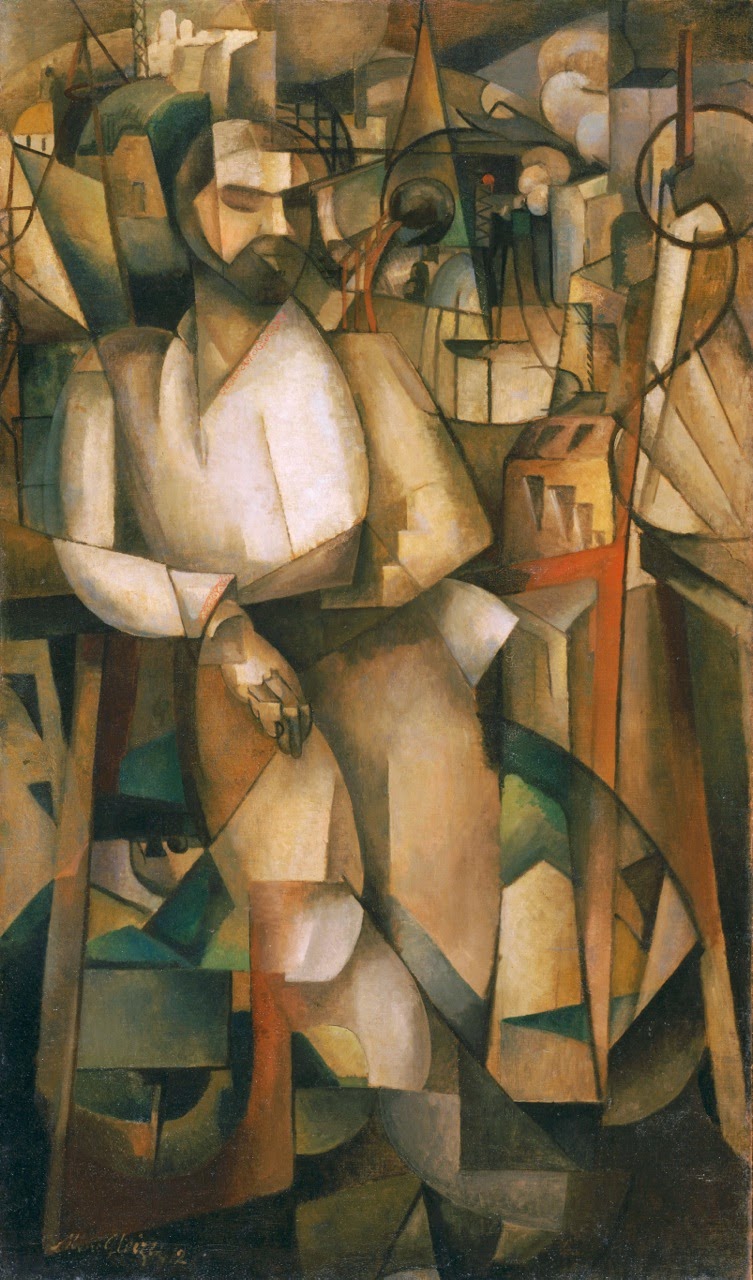By Teresa Annas
The Virginian-Pilot
© September 1, 2014
NORFOLK
IF YOU GO
What: Screening of documentary “The Great Confusion: The 1913 Armory Show”
Where: Naro Expanded Cinema, 1507 Colley Ave., Norfolk
When: 7:15 p.m. Wednesday
Cost: $9 adults, $7 seniors
More info: 757-625-6276, www.narocinema.com
A vast art exhibition in downtown Manhattan just over a century ago launched modern art in the United States.
It went over like an exploding bottle rocket.
Neither the public nor the art critics were easily swayed to accept the new direction in painting and sculpture that had begun in Europe. President Theodore Roosevelt denounced the artwork as “repellent.”
The artists had shocking styles, but none more so than Marcel Duchamp. Of the thousands who attended that monthlong show in Manhattan, many expressed disgust regarding the French artist’s 1912 painting “Nude Descending a Staircase (No. 2).”
The story of this most pivotal of art exhibitions is the subject of a documentary to be screened at 7:15 p.m. Wednesday at the Naro Expanded Cinema. “The Great Confusion: The 1913 Armory Show” was created by Connecticut-based independent filmmakers Michael Maglaras and Terri Templeton, who will introduce the feature-length film at the Naro.
The film recently was shown at the Smithsonian American Art Museum and at the National Gallery of Art, both in Washington.
The film’s creators attempted to re-create the experience of the show, including visuals that provide the layout of the 1,300-plus artworks.
Maglaras told the American Art Museum: “Everything in Gallery I, where most of the Cubist work was hung (it was called by the press the ‘Chamber of Horrors’) caused an immediate controversy.”
Cubistic art looks like real life fractured and somewhat flattened into geometric forms, often cubes.
“From the standpoint of sheer geography, Gallery I was hidden away in the upper left-hand corner of the armory space,” Maglaras said, “and if you had been strolling through the galleries in no particular order, coming upon the contents of that gallery would have taken you completely by surprise.”
His painting resembles a time-lapse photograph of a barely recognizable, robotic-looking figure walking down stairs. It evokes a type of photo that was more a study of movement than a purposely aesthetic image.
Duchamp’s painting was bought for $300 by a San Francisco dealer. Today, it’s a great modern treasure in the collection of the Philadelphia Museum of Art.
Image credit: “Man on a Balcony (Portrait of Dr. Théo Morinaud)” is a 1912 Cubist painting by Albert Gleizes from the Louise and Walter Arensberg Collection at the Philadelphia Museum of Art. (Courtesy photo | 217 Films)





